
In this article, I’ll be describing four breathing techniques for better health, increased levels of happiness, deeper sleep, or even prevention of panic attacks. Most of us are not really aware of our own breath and end up breathing in a shallow, stressed way. However, being able to control our breathing can lead to a number of huge health benefits and improve many aspects of our lives.
Autopilot Breathing
We enter this life on an in-breath and leave it on an out-breath. Between these two breaths that symbolise our emerging and coming back, we mostly breathe in an automatic, unconscious way. This is because our breathing is controlled by our autonomic nervous systems – it happens automatically, all by itself.
There’s nothing wrong with breathing without thinking of it every second, but a lot of us are breathing in a stressed, anxious way, which then makes us even more stressed and can even result in getting ill.
A yoga teacher Lucas Rockwood illustrates this fact in his famous TED Talk ‘Change Your Breath Change Your Life’. He says that when we cross the street and have a narrow miss with a passing car, the shock causes our sympathetic nervous system to produce a shallow type of breathing, which is typical for the fight or flight response.
A lot of us are breathing this way – as if we were about to be hit by a car – all day long. From the moment we wake up, to the moment we fall asleep. We are responding to our environment on autopilot, and this can be detrimental to our health. It is no secret that many cases of cancer or other serious diseases are primarily caused by stress and unbalanced functioning of the involuntary nervous system.
Controlled Breathing Benefits
Fortunately, we can considerably improve the quality of our lives if we stop living on autopilot and start taking care of your body and mind more consciously. This includes specific breathing exercises mentioned in this article.
Controlled breathing, when done correctly, can have a highly positive effect on our mind (or moods and states of mind) and body, (e.g. our nervous system and our endocrine system).
It can help us with the following:
- Changing the pH of our blood
I find it fascinating that the way we breathe can make a difference in our blood’s pH – i.e. being either more alkaline or acidic. The deeper we breathe, the more alkaline our blood becomes. If our breathing is shallow most of the time, it causes carbon dioxide to be trapped in our blood, and that can make our body highly acidic. I often remind myself that cancer thrives in an acidic environment, and this makes me remember to breathe deeply more often!
- Oxygenating our blood
It is a well-known fact that cancer cannot thrive in a well-oxygenated environment.
- Lowering our cortisol levels
Lowering our stress level by decreasing the amount of cortisol strengthens our immune system and makes us ‘cold-proof’.
- Falling asleep and improving the quality of your sleep
I’ll be describing two powerful breathing exercises for falling asleep – feel free to try them tonight!
- Creating ‘out of the body experiences’
This can be achieved by extreme breathing practices that should always be done under supervision of an experienced guide. However, even the simple techniques described in this post can create a feeling of a mild ‘high’, if not exactly an out of the body state.
Simple Breathing Techniques for Different Purposes
There are many ways of using breathing for improving our health and state of mind. I have selected a few of my favourite ones – the ones that I have tried and tested and that helped me in different situations.
The techniques are known as:
- Water Breathing
- Coffee Breathing
- Whiskey Breathing
- 4-7-8 Technique
Water, Coffee and Whiskey Breathing
I guess you’re wondering about the funny names of the first three techniques. They’ve been named like that by a Lucas Rockwood, the yoga teacher who talked about them in the ‘Change Your Breath, Change Your Life’ TED talk.
Of course, L. Rockwood had not invented any of these techniques. They have been known since ancient times as pranayama, which comes from Sanskrit and means control of life force or regulation of the breath.
(The word prana translates as life force, and ayama can be interpreted as expansion, restraint, control, extension or stopping.)
The yoga teacher Lucas Rockwood, however, has decided to call the breathing practices in a rather more amusing, and therefore more easily memorable way. So let us start with the first technique:
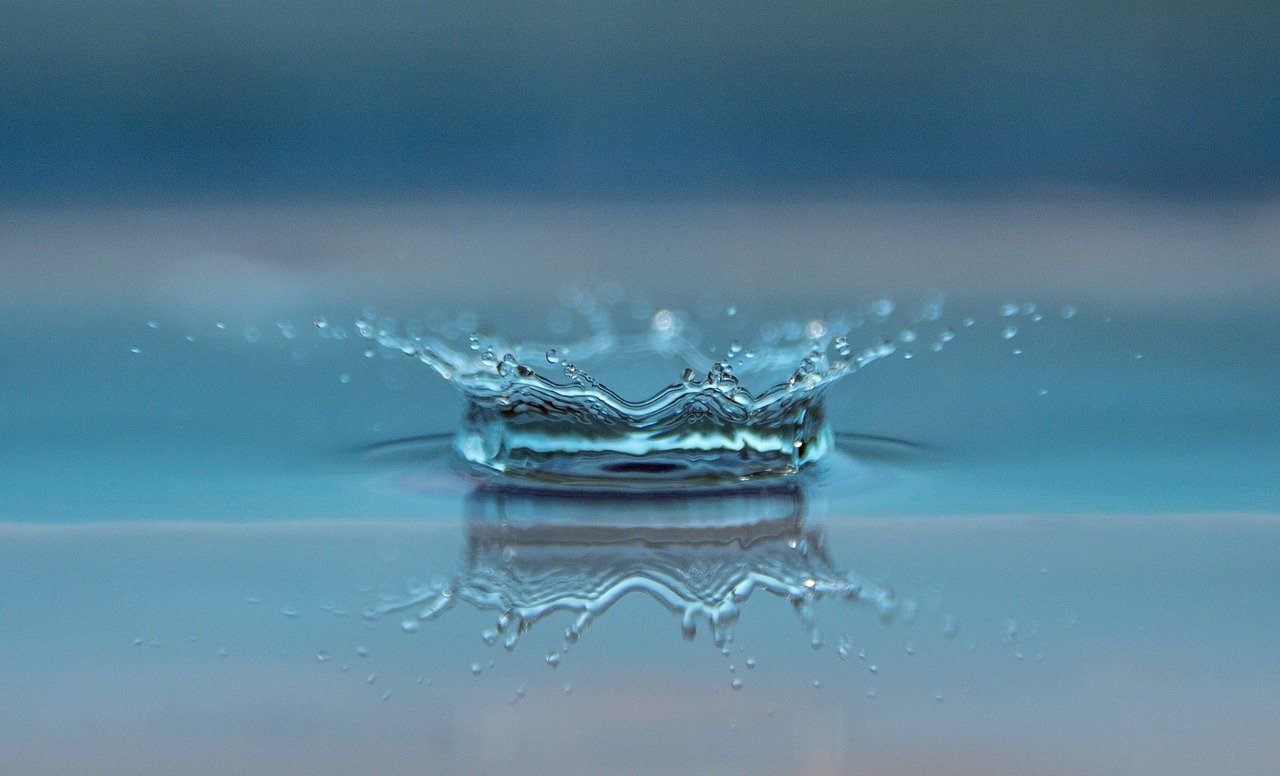
Water Breathing
This technique will help you release stress and bring you into balance.
When to Do Water Breathing:
Anytime you feel you need to de-stress and feel more balanced.
The Procedure:
- Sit back in your chair comfortably, relax your shoulders.
- Put your hands on your lap and close your eyes.
- Inhale through your nose to the count of four.
- Exhale through your nose to the count of four.
If you want the exercise to be really effective, do up to 10 rounds of the inhale/exhale.
You can scroll to 4:09 to watch Lucas Rockwood talk about Water breathing.
How Often Can You Do Water Breathing?
This exercise can be done anytime throughout the day, as many times as you need.
One way to remember this is imagining a bottle of water that you carry with you the whole day and sip from it anytime you feel thirsty; you can use it anytime you feel like and you can’t really overdo it. This is similar to Water breathing – you can ‘carry it’ with you all day and use it whenever you need without worrying about doing too much of it.
How Have I Benefitted From This Exercise?
This exercise has helped me to feel calmer and less stressed in many situations. When something really upsets me, I use this technique in combination with an energy medicine technique called ‘Mellow Mudra’, which I’m describing in my post How to Relieve PMS. I highly recommend learning these two techniques together.

Whiskey Breathing
One of the techniques, which Lucas Rockwood calls ‘Whiskey Breathing’, is used specifically for falling asleep. Why Whiskey? Some people have a little ‘nightcap’ before going to sleep, as it’s traditionally considered to help with falling asleep.
I personally don’t find Whiskey the best sleep aid; although alcohol can help you fall asleep, it will make your sleep shallower, as alcohol can take several hours to metabolise, and it gives your kidneys and your liver extra job to process the alcohol while you’re asleep. If you like to drink alcohol in the evening, then allow at least an hour to have your last drink before going to sleep. (More on this in my article 20 Ways for Better Sleep.)
Anyway, back from booze to breathing. We’re using this exercise mainly for falling asleep. After about 10 rounds of the Whiskey breathing your heart rate slows, your blood pressure drops, and your parasympathetic nervous system is stimulated, helping you rest and digest better. (This is the opposite of your sympathetic nervous system which governs the fight or flight response.)
We should use this exercise with care – i.e. we should not do it throughout the day because it could make us drowsy or tired.
When to Do Whiskey Breathing:
Right before sleep – when you’re already in your bed.
Do not do this technique during the day because it will make you drowsy.
The Procedure:
- Lie down and close your eyes.
- Inhale to the count of 4.
- Exhale to the count of 8.
Repeat this cycle several times. You can do this cycle 10 times in a row, or until you fall asleep.
You can watch the technique in the video further up – just fast forward to 5:27.
How Often Can You Do Whiskey Breathing?
Make sure you only practice this technique when you need to fall asleep, and not during the day.
How Have I Benefitted from This Exercise?
This has worked as a sleeping aid for me and helped me to enjoy better sleep. I also use it before meditation to get more centered.
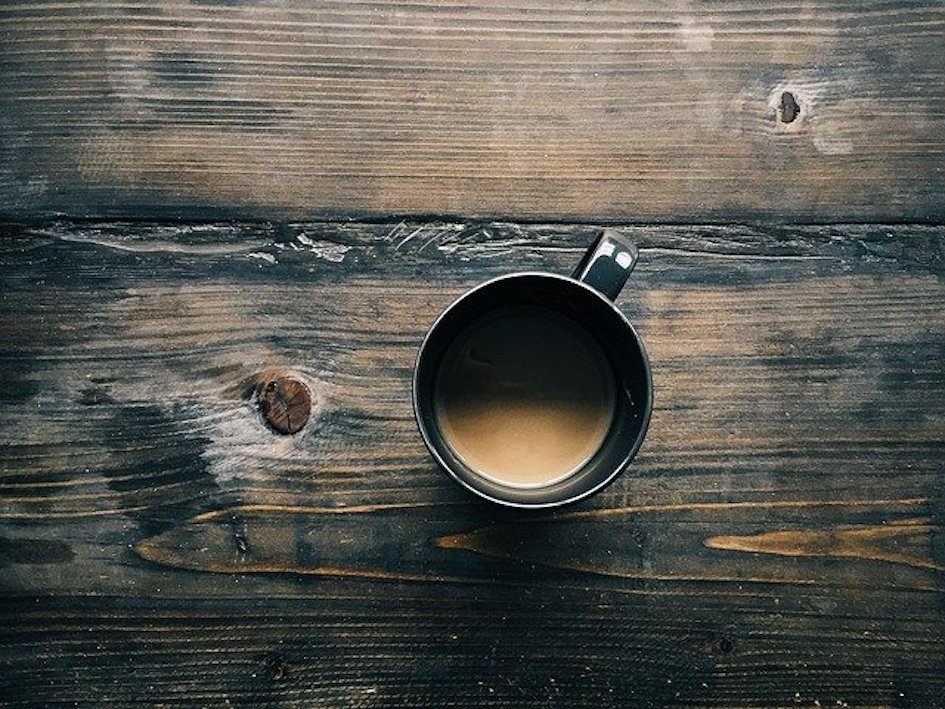
Coffee Breathing
This breathing technique will stimulate you when you need a kick of energy. And like coffee, you should not over-use it. As Lucas Rockwood says, Coffee breathing is a technique that people get most excited about, but it should be used most sparingly.
Why is that? The technique uses fast, rapid breath that stimulates the sympathetic nervous system, which is related to the fight or flight system. If we do too much of it, we might get overly agitated. (Imagine downing five espressos in a row.)
When to Do Coffee Breathing:
In the morning, and/or in the afternoon. When you need to get in the ‘clean the house, answer emails’ kind of mood and energy.
Important: It is not recommended to do it in the evening if you want to have a good quality sleep!
The Procedure:
Coffee breathing is different from the other techniques he presents. With this technique, we focus only on the exhale. The main point is to push the air out from your lungs in a similar way to sneezing, in a sharp, rapid way.
Do 20 rounds of fast and short out-breaths from your belly.
Try to keep your shoulders relaxed, don’t let them jump up and down. It’s your lower abdomen/diaphragm that should be doing all the work.
The exercise goes as follows – do this through your nose only:
- Exhale
- Exhale
- Exhale
- Exhale
- Exhale
- Exhale
- Exhale
- Exhale
- Exhale
- Exhale
- Exhale
- Exhale
- Exhale
- Exhale
- Exhale
- Exhale
- Exhale
- Exhale
- Exhale
- Exhale
You can do three rounds of these 20 exhales, ideally in the morning and afternoon, when you feel that you’re getting tired.
In the video further up, scroll to 7:02 to watch Lucas Rockwood explain the mechanics of Coffee breathing.
How Often Can You Do Coffee Breathing?
Not too often – just a few times a day when you need a boost of energy. (Think about coffee – you shouldn’t drink it too often either) Morning and afternoon are ideal times for practicing this. Use it with care so you don’t end up over-agitated, which could even lead to a blackout or a panic attack.
How Have I Benefitted from This Exercise?
For me, this exercise is a life-saver! I do it almost every day when I work on the computer and need a refreshing break. It always fills me with fresh energy.

The 4-7-8 Technique
The following method that I’ve learned from Dr. Andrew Weill, can help people with sleeping disorders, such as insomnia, difficulty falling asleep, shallow sleep, or interrupted sleep.
The method is knowns as The 4-7-8 Technique and, like the Water, Coffee, and Whiskey breathing, it is based on the ancient yogic practice of breath control called pranayama (already mentioned further above, but why not having little recap:
Prana = Life Force
Ayama = Regulation, Expansion, Control, Restraint, Pranayama = Control of life force (or Regulation of the breath)
Dr. Andrew Weil talks about the 4-7-8 technique as a ‘natural tranquiliser for the nervous system’.
Many people fall asleep after just one minute of doing this technique, which decreases your tension and allows your body to relax, all of which improves the quality of sleep.
After 2 or 3 months of regular practice you are likely to notice significant changes in your physiology, such as:
- Your sleep will improve
- Your digestion will improve
- Your heart rate and blood pressure will slow down
- Your blood circulation will increase, so if you’ve suffered from cold hands, they may start to feel warmer thanks to improved circulation
- You’ll be less susceptible to anxiety and panic attacks
When to Do The 4-7-8 Technique:
Right before going to sleep or before meditation.
The Procedure:
- Place the tip of your tongue just behind your upper front teeth and keep it there for the rest of the exercise.
- Let all air out first by exhaling.
- Inhale through your nose to the count of four.
- Hold your breath for the count of seven.
- Exhale through your mouth for a count of eight (try to keep your tongue behind your front upper teeth)
Do four rounds of this technique (not more than that).
Watch Dr. Weill demonstrate this technique in the following video.
How Often Can You Do The 4-7-8 Technique?
For the exercise to be effective, you should do it at least twice a day.
How Have I Benefitted From This Exercise?
Dr. Weill has successfully taught the 4-7-8- technique to patients with severe forms of panic disorder. He presents it as a highly effective anti-anxiety technique as well as a sleep aid, and I can back this up by my won positive experience in both fields.
You can also read more about this technique in my article 20 Tips for Better Sleep.
Recap of All Four Techniques
Water Breathing
Purpose: To de-stress and balance you
Procedure: Inhale to the count of 4, exhale to the count of 4. Do this up to 10 times.
When/How Often: Anytime throughout the day.
Video: Change Your Breath, Change Your Life – Lucas Rockwood (4:09)
Whiskey Breathing
Purpose: To help you fall asleep
Procedure: Inhale to the count of 4, Exhale to the count of 8. You can do 10 rounds of this, or more if you want to fall asleep.
When/How Often: Right before falling asleep. Not during the day – may make you drowsy.
Video: Change Your Breath, Change Your Life – Lucas Rockwood (5:27)
Coffee Breathing
Purpose: To energise you
Procedure: 3 rounds of 20 short, sharp out-breaths
When/How Often: In the morning and/or in the afternoon when your energy starts dropping or when you need to get going
(e.g. clean the house, answer emails etc.)
Video: Change Your Breath, Change Your Life – Lucas Rockwood (7:02)
The 4-7-8 Method
Purpose: To help you fall asleep, to prevent panic attacks
Procedure: Inhale to the count of 4, Hold to the count of 7, exhale to the count of 8
When: Right before falling asleep or before a sitting meditation
Conclusion
If we can learn to control our breathing, we can dramatically improve our health – from our immune, endocrine, and nervous, system, to our moods and states of mind. The techniques mentioned in this article are simple, effective and available to everyone. Let’s hope the word gets spread and that more people will learn to use them to combat everyday stresses, prevent many health issues, and feel better on the whole. And if you happen to forget about these exercises, at least remember to breathe deeply more often, to keep your body more alkaline – which can help with preventing cancer!
Share Your Thoughts
I hope you have enjoyed this post, and above all, that you will take some of these breathing techniques with you and use them to improve your health and feel better. I look forward to hearing from you about how it has worked for you. Just leave a comment below – I look forward to reading about your own experience!
Other posts you may like:
- 20 Tips for Better Sleep
- The Physical and Psychological Benefits of Meditation
- 10 Things to Do When Feeling Down
- How to Relieve PMS
Recommended books:
- Titles by Sounds True Publishing
- Titles by Better Listen Publishing

BY LUCIE DUN
This site has been built with DIVI, by Elegant Themes.
Disclaimer: This page contains affiliate links. This means that if you decide to make a purchase through my links, I will earn a small commission at no extra cost to you. (The full Affiliate Disclosure can be read here.) If you’d like to learn more about affiliate marketing, e.g. how to earn extra income from blogging and promoting products you like and would recommend to others, which is what I do, check out Wealthy Affiliate, my favourite platform for online marketers. You can create a free account, which will enable you to make your own website in a few simple steps, and host it with them – free of charge – for as long as you like. You can test it right now by trying their free website builder SiteRubix. Thank you for visiting!
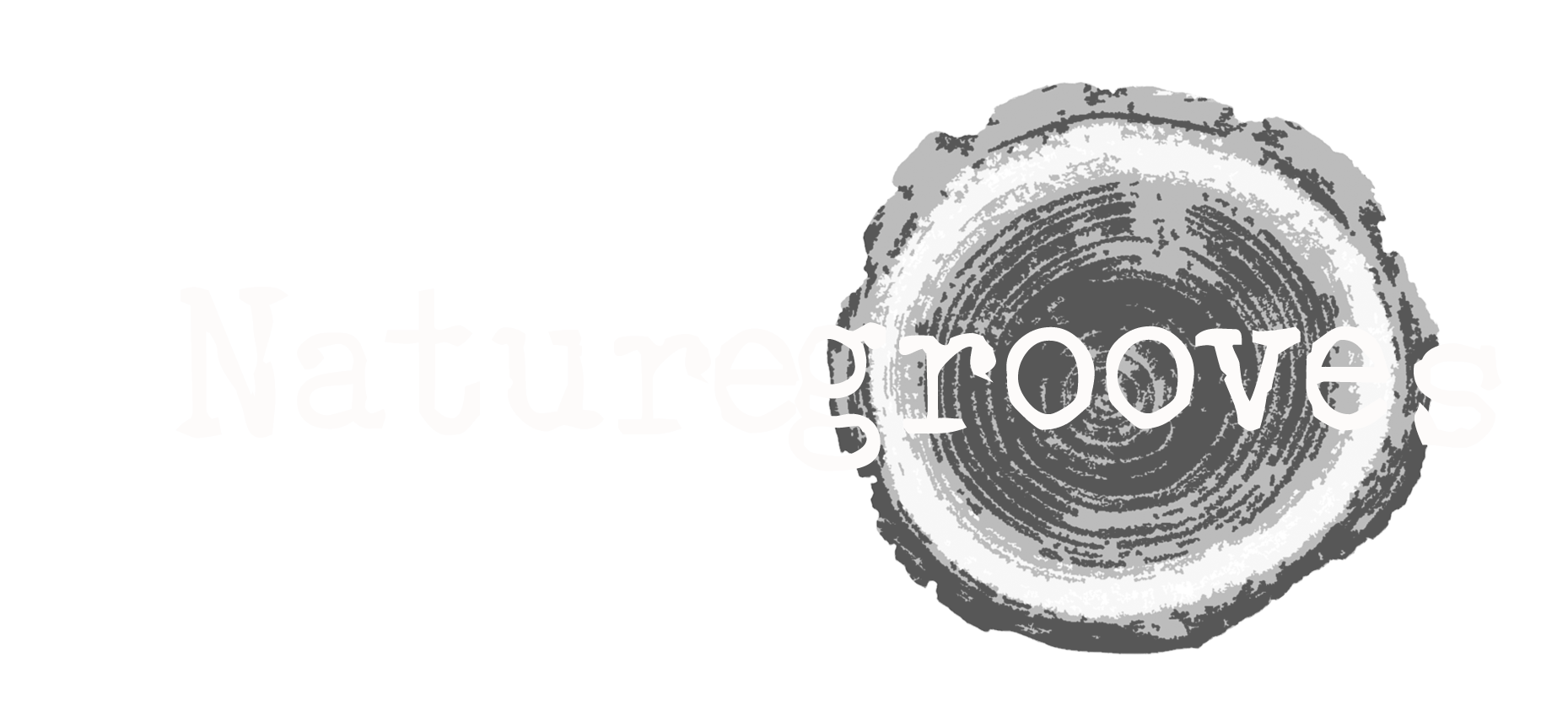

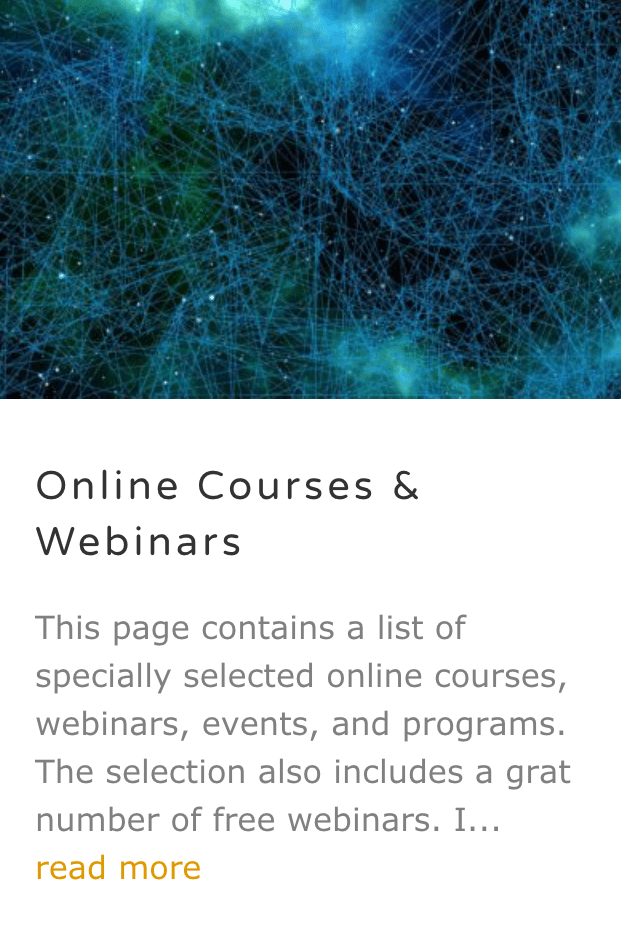
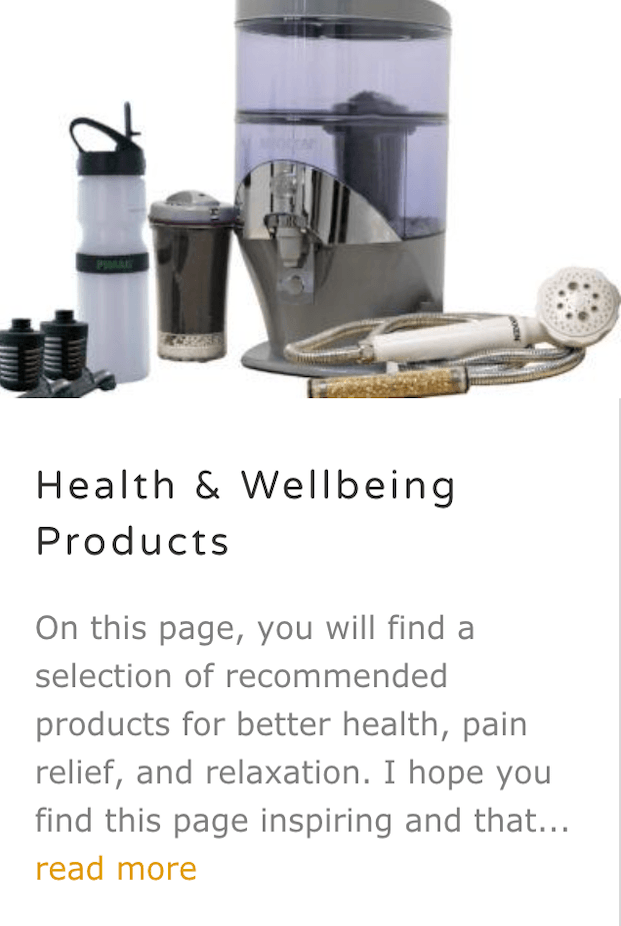
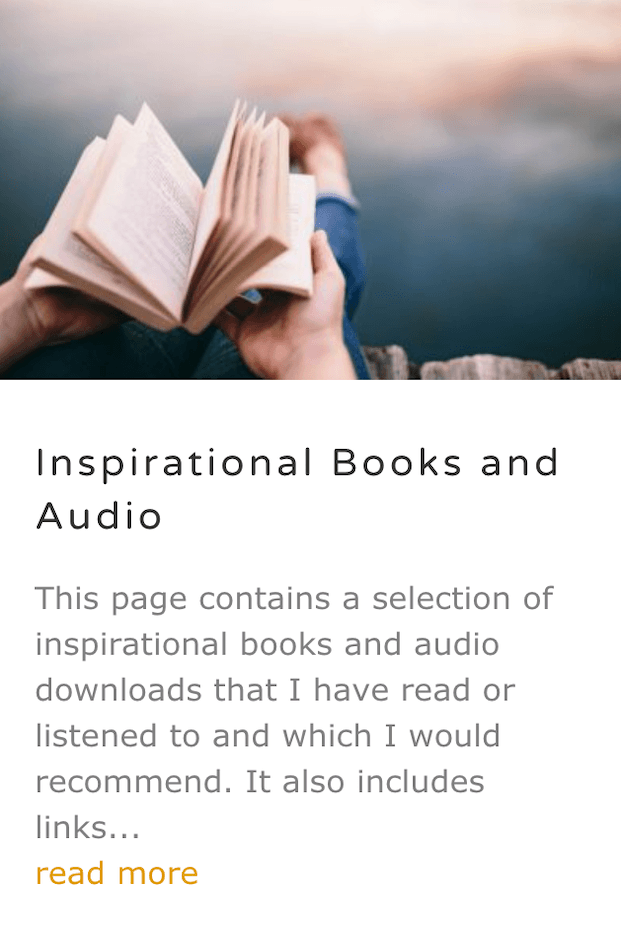



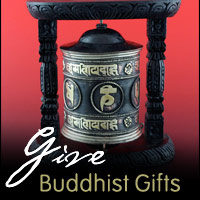
I always love to read amazing articles that are interesting and teach me something new I can benefit from – like this one. Conscious breathing can indeed help us in many ways. I like how you’ve explained it here, it’s easy to understand why we should do breathing exercises and the techniques are also easy to remember.
Hi Jbryce, Many thanks for your nice comment. I was really glad to have come across the TED talk about the three breathing practices, especially because the speaker used funny names for the exercises, thus making them easier to remember. For example, right now, I felt a bit tired, but I did the ‘Coffee Breathing’ technique, and gave me an instant boost! I really recommend trying it out. You can also join the tips of your fingers – joining your two hands in front of you – while doing this exercise, because it makes it easier to count the twenty breaths and it will make your energies flow better as you join your two hands – there are important meridian points in your fingertips – e.g. thumb is the end point of the Lung meridian, the index finger is the beginning of the Large intestine meridian, the middle finger is the beginning of the Triple Warmer, and the little finger is the end point of the Heart meridian. So joining these two techniques – the breathing techniques with connecting your fingertips – is always a good idea.
Hello there! Thank you very much for sharing this article on breathing techniques for better health. I’ve gone through it and I must really commend your effort. It’s well detailed and contains valuable information. It’s true that when we learn to control our breathing, we improve our health. I learnt this in high school and it sticks with me till today. The four technicians you listed are easy to carry out so I’ll definitely do them. Thank you
Dear Sophie, Thank you for your lovely feedback! I’m happy to hear that you’ve found this article useful and I’m sure these techniques will help you in various situations. I use them every day and they always help me. Today I felt a bit anxious because of a problem related to new restrictions, and I realised that my breathing got very shallow. I stopped, closed my eyes, put my hands on my thighs, and did the ‘Water Breathing’ (when you inhale to the count of four, and exhale to the count of four) I did it quite slowly and repeated it ten times. When I opened my eyes, the problem suddenly seemed much smaller and I actually come up with a solution. So, indeed, these techniques are very practical, and I also like the fact they are easy to remember. Thanks again for your kind words and enjoy all those new ways of breathing!
Hello there, thanks a lot for sharing this super-useful piece of information here with us. I must say I really enjoyed reading your article and learning about these breathing techniques, which are very easy to remember. I will share with a couple of friends so they can go through this as well.
Hi Philebur, Thank you for your kind words. As you say, the techniques are easy to remember and they are ‘portable’. I love them because they really work for me. For example, the ‘Coffee Breathing’ technique is really cool when you are trying to work but feel sleepy and tired. I advise to join all your fingers together in front of you, close your eyes and then do the 20 short out-breath through your nose. Do three rounds of this. You’ll be amazed by how refreshed you’ll suddenly be! Good luck and enjoy!
So many factors affect the human health and bad breathing habit is one that is well new to me, but I am not surprised at it because the body needs Oxygen and if you don’t give it to it well, you tend to cause harm to the body. Learning these breathing techniques a very significant and so far, I have decided to do the various techniques one each week.
Hello and thank you for your nice comment. I’m sure you’ll notice a significant change soon after you start practicing the breathing techniques. One of my favourites is the 4-7-8 technique because on many occasions it helped me to fall asleep when I thought it would be impossible. It’s amazing how we can affect the biochemistry of our bodies through a simple tool such as breathing. But most of us are not even aware of the process of breathing and we end up breathing in a shallow way, thus not oxygenating our blood enough, and ending up tired or feeling low. Whenever I feel overworked and tired, I do the ‘Coffee Breathing’ (20 intensive exhales) and afterward, I feel as if I’ve just and a shot of espresso. Good luck with doing the breathing techniques, may it contribute to your good health.
Thanks for such a useful article about breathing techniques. The fact that I had no idea about all of these beforehand really baffles me but I’m glad to have finally learned about them. I like all of these four techniques and it’s also nice that one can memorise them with the fun names like ‘Coffee Breathing’. This is one of the most useful posts about breathing I have read in a long time.
Thanks for your lovely comment! I can relate to what you say about being baffled by not having been aware of these breathing techniques before. Especially, in my case, having been interested in Yoga and a healthy lifestyle for many years. The techniques the Ted speaker presents are very powerful and effective. The same goes for the 3-4-1 technique which always, without fail, helps me fall asleep. I do recommend trying all these techniques according to your needs. It’s hard to remember to do them sometimes, but it’s worth it. For example, when I’m doing a huge shopping and am in a supermarket getting quite tired, a bit stressed, and feeling my mood dropping, I do the ‘Water Breathing’ (the slow in-breath and out-breath) Soon I start feeling calm and relaxed. When feeling sleepy, lethargic, or having low energy, I do the ‘Coffee Breathing’ – 20 sharp and short out-breaths in a row. What a difference afterwards! And before falling asleep, or before meditating, I do the Whiskey Breathing (in-breath at the county of four, out-breath at the count of eight) or the 3-4-1 technique (which is almost the same, apart from holding your breath for the count of seven) Good luck with exploring these great techniques!
I think the water, coffee, whiskey and 4-7-8 breathing techniques are revolutionary and life changing which is why I’ll be sure to practice them as much as I can but mostly the 4-7-8 technique which I think can help me with my anxiety attacks and also sleeping better which is something I’ve always had a problem with
Dera Sean, how lovely to hear this! I’m so glad my article resonated with you and that you find the techniques useful and easy to remember. The 4-7-8- technique has been an amazing discovery for me. I used to wake up in the middle of the night and not being able to fall asleep again. However, after learning this simple technique this problem of mine has disappeared. It really works! It may not work immediately, but if you stick to it every day, you may notice some bigger changes in a few weeks, which is definitely worth it. And as for the other techniques, I like them all and use them every day. Today, for example, I used Coffee Breathing when I felt a bit tired and needed to concentrate. So instead of reaching for a shot of espresso, I did this and felt an instant boost. You can also check my article about Caffeine if you’d like to know how caffeine works and why it’s much better to resort to breathing techniques. Thanks again for your nice words.
This is really an insightful article that should go viral. Knowing the accurate breathing technique is nothing compared to attracting a life-threatening disease like cancer and having to keep up with ridiculously expensive medical bills with no guarantee to overcome the disease. I like the Whiskey breathing technique… Great article I really learned a lot and 1 2 3 my meditation starts.
Hello CadenceTone, thank you for your lovely comment. As you say, prevention can be easily incorporated into our daily routine and after a while, it becomes second nature. The rewards are huge. Often we don’t appreciate them because we simply don’t notice that ‘we didn’t get ill’ – thanks to sticking to some of the healthy techniques like the breathing exercises. I also like using breathing techniques with yoga, which I do every morning. It’s a short session, but it has had a great impact on my health and body – flexibility. And as you mention the Whiskey breathing technique – I think it’s one of the most important ones because it decreases stress, and this lowers the acidity of our body and helps to keep our cardiovascular system in good balance. This included the prevention of heart disease, for example. Thanks again for your nice feedback and enjoy the benefits of these techniques!
I read this book called superlife and he pointed out that our cells needs oxygen but we usually don’t get enough because we breath shallowly and also the air quality has changed. I have never thought about that but I know for the fact that the oxygen treatment shows many positive result on cancer patients. This is why I want to learn how to breath better. Thanks for sharing the ted talk video and I will certainly check out how to relief PMS which I am suffering monthly. This water breathing technique is very similar to the buddhist meditation which I practice Vipassana daily.
I love the name whiskey breathing, classic. We whiskey drinker know for the fact that we just fall asleep for a few hours and wake up right after. That nightcap did not give us the quality sleep that we need. Anyways, just screenshot the whiskey breathing will try it tonight 😉
I am going to start with water and whiskey first and will let you know my result.
Hi Nuttanee, Thank you for your lovely, brilliant comment! As you say, oxygenation is highly important for our health because cancer cannot thrive in a well-oxygenated environment. Many of us suffer from a poorly oxygenated body without realizing it until it’s too late. It’s great you practice Vipassana! I do my meditation daily as well. (I do the ZIVA technique by Emily Fletcher) and it’s helped me with many things, including my sleep – I now need fewer hours to feel fully rested which is amazing. And I’m glad you may check my article about PMS, there are a few videos with techniques that have helped me so many times to make that time of the month much more enjoyable. The ‘Mellow Mudra’ technique works for me especially, as well as balancing the meridians (all mentioned in the article). Thanks again for your nice feedback!
Hey Lucie, Just about when I thought I have read every article and practised many breathing techniques I come across your article. Haha! I had to laugh at the titles; water, coffee and whiskey breathing, but hey that guy in Tedx is great. I did the water breathing along with the video and it is surely relaxing.
This was one interesting article. Thank you for all the great information. I will be referring to it and practice more breathing. Marisa
Hi Marisa, how lovely to hear you enjoyed the article and even tried the Water breathing at the same time. I love when people respond to my post this way. I once again appreciated the breathing techniques last night, when it seemed I would never fall asleep. Why? Because I managed to gorge on a huge bowl of chocolate ice-cream, haha. I was all buzzing and in the kind of ‘let’s party’ mode, although it was almost one o’clock. But I really wanted to stick to my early waking time, so I tried the 4-7-8 technique, and…all I remember is counting the fourth breathing cycle. And then, just like that, it was morning. So it must have worked. I’m so amazed that such simple techniques can be so effective. Hope you’ll keep enjoying them as I do, and thanks again for your lovely comment.